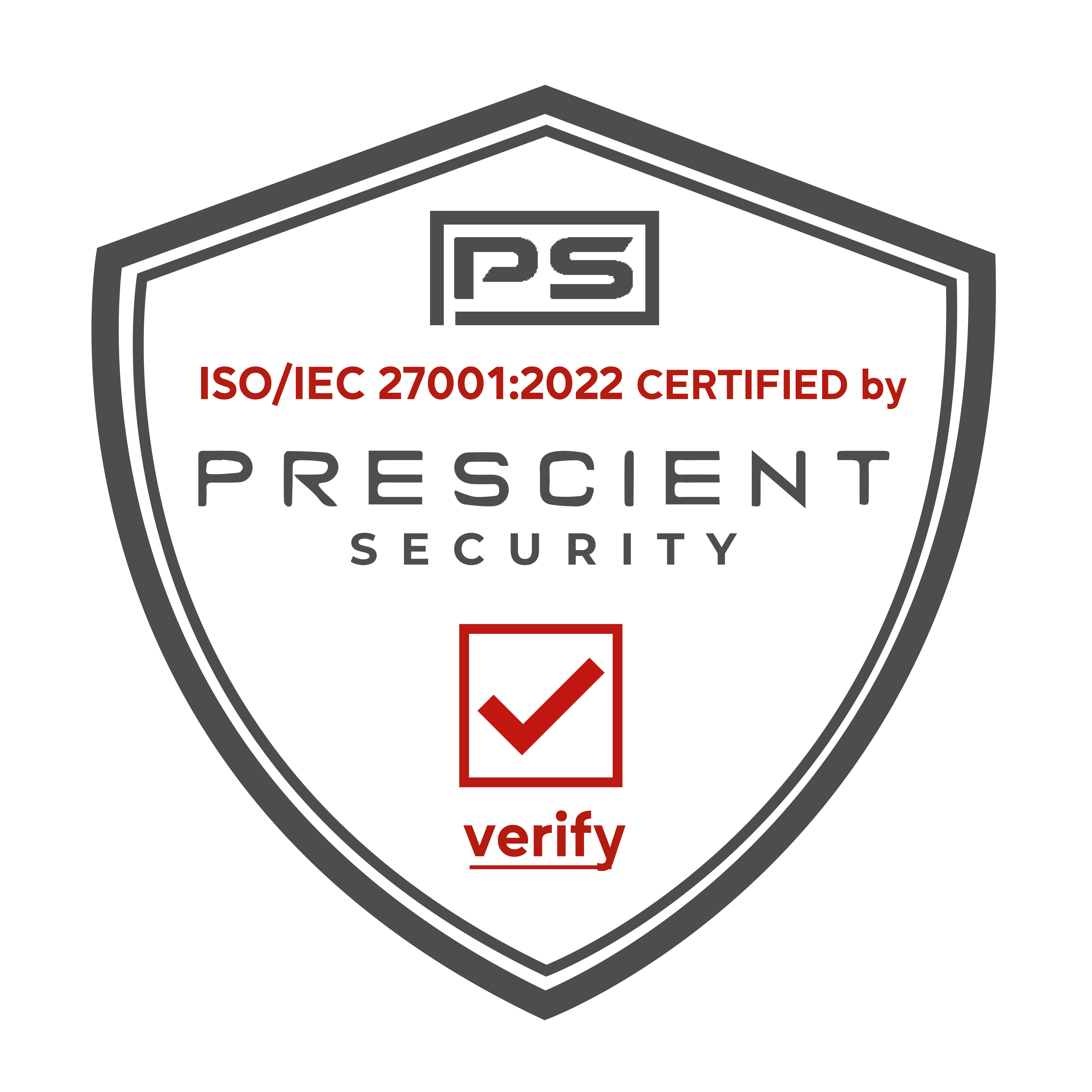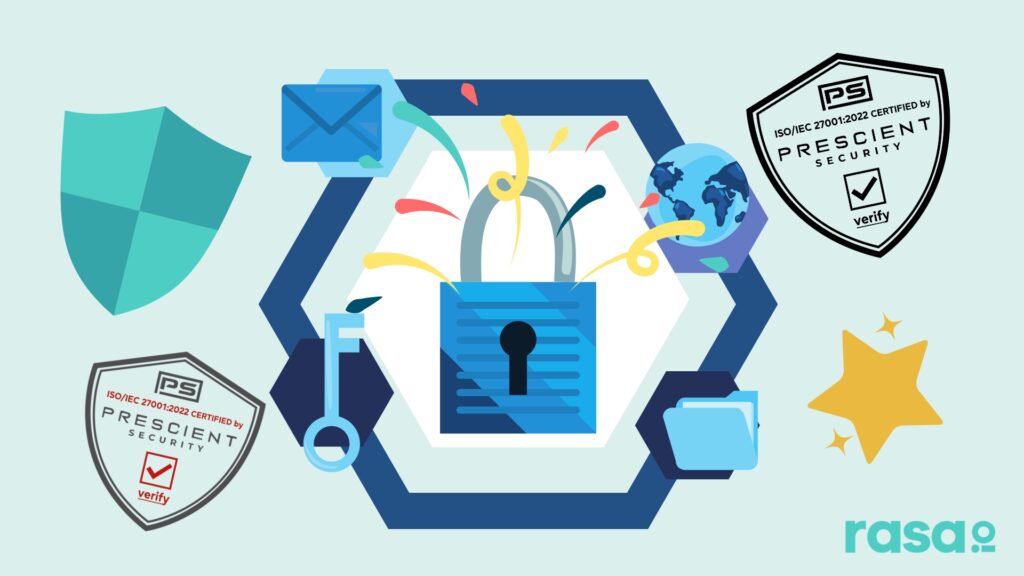As a real estate firm, your leads are the lifeblood of your business. Luckily, there are some key steps you can follow to ensure that your lead pool never dries up.
1) Setting Up Your Website
In the information age, having a website for your real estate business is absolutely vital.
If you don’t already have a website, make sure to set one up as soon as possible. If you do have a website, now is the time to take a look at it and make sure that it’s up to date with all the industry best practices.
As a realtor, it’s your duty to inform potential buyers about homes in the areas they are interested in. Additionally, realtors must match the preferences of the customers to homes in their inventory.
Your website should feature a catalogue of homes that highlight their unique characteristics.
To make it easier for your visitors to navigate through the house catalogue, make sure to categorize the houses in a variety of ways like price or square footage. Ideally, the catalogue would also be sortable by different features such as number of bedrooms, bathrooms, and so on.
To make your visitors’ experience even better, make sure they are able to access a map that shows your properties and can sort the catalogue by proximity to a location of their choosing. Your customers will appreciate how easily they can find a home that suits them.
A common problem for many real estate websites is that they have such large house catalogues that their visitors have a difficult time navigating the website. Make sure your website offers detailed information about your properties and gives your visitors a convenient way to browse your properties.
You have a very limited window of time to grab your visitors’ attention.
As website optimization firm Crazy Egg puts it, the 15 Second Rule is in full effect. The 15 Second Rule is based on statistics that show that on average, website visitors will leave the site after 15 seconds. If you can’t get their attention in 15 seconds, you lose a potential lead.
It’s also important to set up a streamlined call-to-action on your website. You should empower potential clients to reach out to you or drop their email or phone number with the smallest amount of work for them possible. This usually takes the form of an “I’m Interested” button on the property pages, or as a form on a contact page.
2) How to Gain Web Traffic in Real Estate
Search engine optimization is the name of the game when it comes to increasing traffic to your website. In the real estate industry, there are plenty of ways to improve your ranking on search engines.
The first technique to use is location optimization. You’re likely providing your real estate services to a particular local area.
Use this to your advantage and include keywords such as “Homes in the Binghamton, New York area” in your copy. This increases your chances of picking up web traffic from people in your area looking for housing.
This is called long-tailer traffic. While the search term “real estate” certainly has more volume than “duplexes for sale in the Binghamton, New York area”, the latter is more valuable per click – since people searching that are far more likely to be ready to buy than people who just search for “real estate”.
Long-tailer traffic usually has lower volume, but the average value-per-click more than makes up for it.
Optimizing your site for this concept means not only gaining traffic, but increasing your conversion rate on that traffic.
This is the most important optimization to make. You don’t want to be too general with your keywords, as you may attract traffic that’s not interested in buying property in your area of operation. This is called low-value traffic – they’re on your site, sure, but there’s a lower chance to convert them. Avoid general stand-alone keywords like “real estate company” or simply “realtor” in your H1 and H2 text. Instead, opt for more specific keywords like “Akron-based Commercial Real Estate Company” or “San Francisco’s Most Trusted Lawyer”.
The best part of optimizing for local long-tailers is that they’re actually much less competitive than general terms as well, which means you’re more likely to get a first-page rank!
Make sure to plug the location of your properties as much as possible, but avoid keyword stuffing. If you’re mentioning your location or a specific keyword more than 20 times for every thousand words of copy, you might get yellow-flagged as spam by Google.
3) How to Collect Leads from Your Real Estate Website
Now that you have attracted traffic, it’s time to seal the deal. The way to convert traffic into leads is to establish a medium of communication between you and them.
Make sure that the header and/or footer of your website includes some kind of contact information. Email, phone number, and social media is a good place to start.
To really seal the deal, give your visitors a way to sign up for a newsletter. Newsletters are a great way to convert leads into loyal customers. Using professional email tools like rasa.io to boost your conversion gives you a bigger bang for your buck than almost any other form of marketing.
4) How to Convert Those Leads with Email Marketing
Email marketing has enjoyed a huge surge in growth in 2020, according to MailChimp’s COVID-19 Email Marketing Trends, consumers are looking for constant communication from the businesses they interact with.
If you can gather email addresses from your website visitors via a newsletter signup form, and establish a weekly newsletter, you can convert your leads into customers easily.
Websites are very important for finding buyers. Set up your website, make sure that your content is on point, and optimize heavily for your area of operation.
Once you get visitors, focus on obtaining their email addresses and maintaining consistent contact with them. Doing so will facilitate exponential growth for your real estate business!












